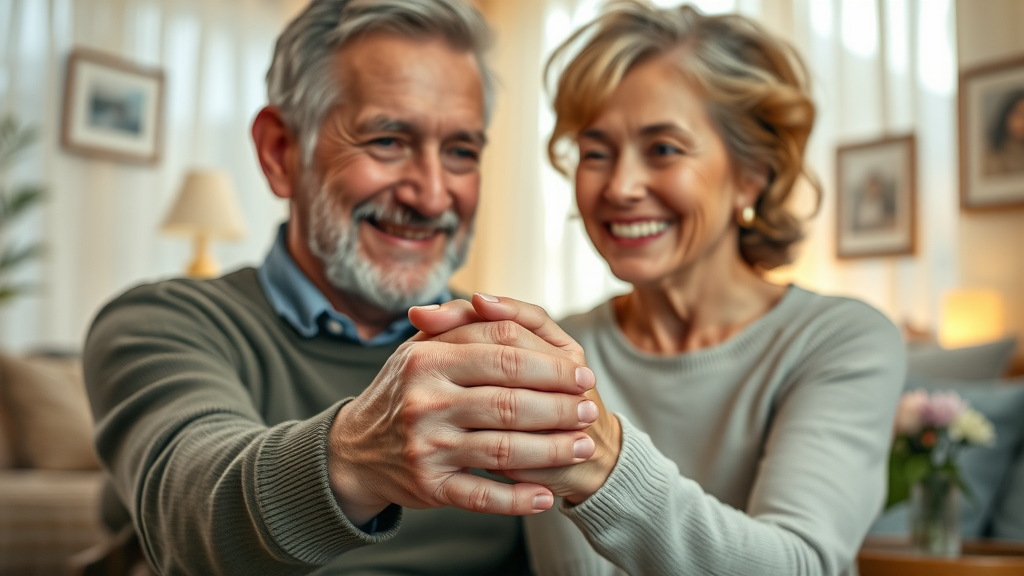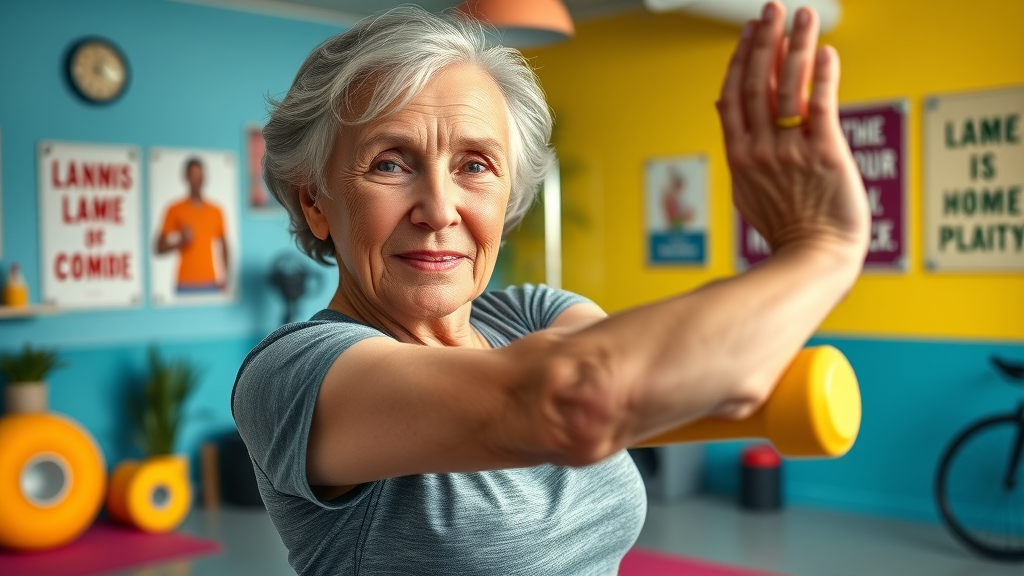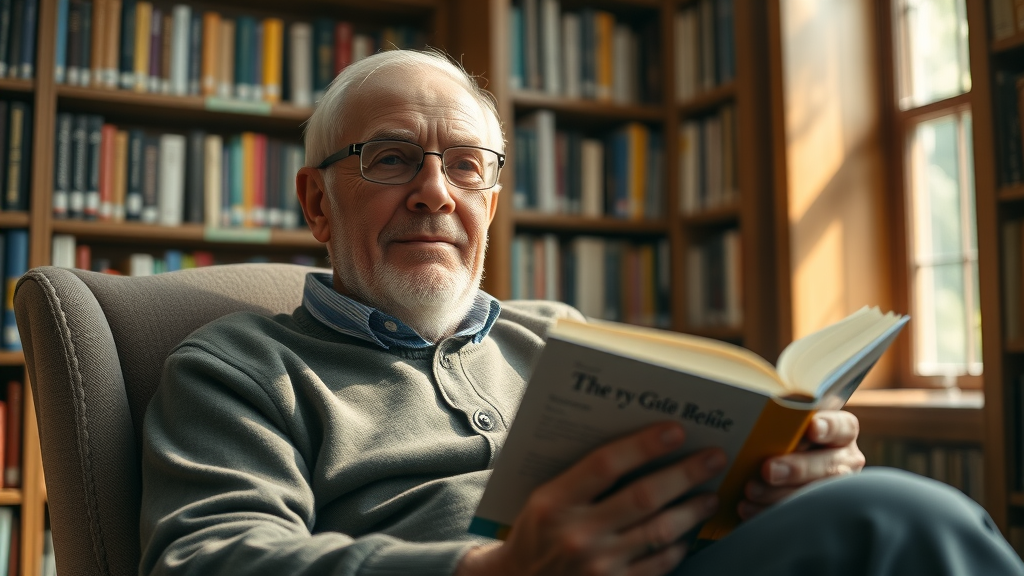As our loved ones age, ensuring their safety becomes a top priority, and understanding essential fall prevention tips for the elderly is crucial. Every year, millions of seniors experience falls that lead to serious injuries, impacting their independence and quality of life. By mastering these vital strategies, you can help protect them from potential hazards, allowing for a safer, more confident lifestyle. Join us as we delve into practical advice and insightful tips that empower you to safeguard your cherished family members against the dangers of falling.
Understanding the Importance of Fall Prevention for the Elderly
Why Fall Prevention is Critical for Seniors
Falls are a leading cause of injury among older adults, often resulting in severe consequences such as broken bones, head injuries, and even increased risk of death. The risk of falling rises with age due to factors like deteriorating balance, vision impairment, and medication side effects. Implementing fall prevention tips for the elderly not only helps prevent accidents but also preserves their independence and dignity.
Statistics on Falls Among the Elderly
In the United States, falls are the most common cause of injuries in older adults. According to the Centers for Disease Control and Prevention (CDC), one in four older adults falls each year, leading to over 3 million emergency room visits. Understanding these statistics highlights the necessity of taking proactive steps to prevent falls.
What You'll Learn About Fall Prevention
- Key fall prevention tips for the elderly
- Common causes of falls in seniors
- Steps to create a safer home environment
- How to engage seniors in fall prevention strategies
Essential Fall Prevention Tips for the Elderly
Home Safety Measures to Prevent Falls
- Install grab bars in bathrooms
- Ensure adequate lighting throughout the home
Creating a safe home environment is fundamental in preventing falls among the elderly. Simple modifications like installing grab bars and ensuring proper lighting can significantly reduce the risk of accidents. Additionally, reducing clutter and securing loose rugs can make the home safer.
Encouraging Physical Activity and Exercise
- Benefits of strength and balance exercises
- Recommended exercises for seniors
Physical activity is a crucial component of fall prevention. Engaging in exercises that improve leg strength and balance, such as tai chi or walking, can help reduce the risk of falls. Regular exercise not only enhances physical health but also boosts confidence and independence.
Regular Health Check-ups and Medication Management
- Review medications with healthcare providers
- Monitor vision and hearing regularly
Regular check-ups with healthcare providers are essential to managing health conditions that may contribute to falls. Reviewing medications to minimize side effects and ensuring vision and hearing are regularly checked can help identify and mitigate potential fall risks.
The 5 P's of Fall Prevention
What are the 5 P's of Falls Prevention?
- Pain, Position, Personal needs, Placement, Preventive measures
The 5 P's of falls prevention provide a comprehensive approach to reducing falls. By addressing each aspect—such as pain management, positioning during activities, and ensuring personal needs are met—caregivers can effectively reduce the likelihood of falls.
How to Help an Elderly Person Who Keeps Falling
Practical Steps to Assist Elderly After a Fall
- Assess injuries and provide immediate care
- Encourage a visit to the doctor for an evaluation
If a fall occurs, it is vital to assess the situation for any immediate injuries and provide necessary care. Encouraging the senior to visit a doctor for a thorough evaluation can help determine any underlying issues and prevent future falls.
The 4 P's Falls Prevention: A Comprehensive Guide
Understanding the 4 P's: Position, Placement, Personal needs, and Pain
The 4 P's approach focuses on key areas that can contribute to fall prevention. By managing pain, ensuring safe placement of items, addressing personal needs, and maintaining proper positioning, caregivers can create a safer environment for older adults.
Appropriate Interventions to Prevent Falls
What 5 Interventions Would Be Appropriate to Prevent Falls?
- Environmental adjustments
- Health monitoring
- Exercise programs
- Medication reviews
- Safety education
Implementing these interventions can significantly reduce the risk of falls. Environmental adjustments, such as home modifications, alongside regular health monitoring and tailored exercise programs, are effective strategies in maintaining the safety and independence of older adults.
Tables: Fall Prevention Strategies and Their Impact
| Strategy | Effectiveness |
|---|---|
| Home Safety Modifications | High |
| Regular Exercise | Moderate |
| Medication Management | High |
| Vision and Hearing Checks | Moderate |
Expert Quotes on Fall Prevention for the Elderly
"Fall prevention is not just about safety; it's about preserving dignity and independence." - Dr. Jane Smith
Lists of Common Fall Hazards and Safety Tips
- Clutter
- Slippery floors
- Poor lighting
- Loose rugs
Identifying and addressing these common fall hazards can greatly enhance the safety of seniors in their homes. Implementing simple tips like securing rugs and improving lighting can prevent accidents.
FAQs on Fall Prevention for the Elderly
How often should seniors have their vision checked?
It is recommended that seniors have their vision checked at least once a year to ensure any changes that could affect balance and mobility are promptly addressed.
What are some simple exercises seniors can do at home?
Simple exercises such as chair squats, heel raises, and gentle yoga can be performed at home to improve balance and strength, reducing the chance of falls.
Key Takeaways on Fall Prevention
- Importance of creating a safe environment
- Engaging in regular exercise
- Regular health checks and medication reviews
These key takeaways emphasize the importance of a proactive approach to fall prevention in maintaining the safety and independence of older adults.
Conclusion: Ensuring Safety and Independence for the Elderly
Empowering Loved Ones with Knowledge and Support
By implementing these fall prevention tips for the elderly, you can empower your loved ones to live safely and independently. Knowledge and support are critical in preventing falls and enhancing quality of life.
Final Thoughts on Fall Prevention Tips for the Elderly
Fall prevention is a vital aspect of caring for older adults. By understanding and addressing the risks, you can help reduce falls and improve the overall well-being of your loved ones.
Call to Action
Contact Us for More Information
- Call us at 984-238-6164
- Visit our website at https://MyWellnessTrain.com/Network




 Add Row
Add Row  Add
Add 




Write A Comment